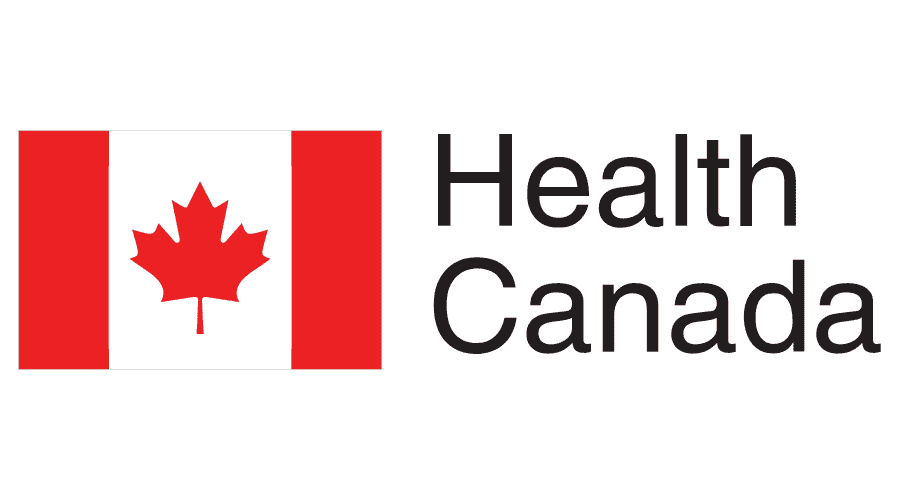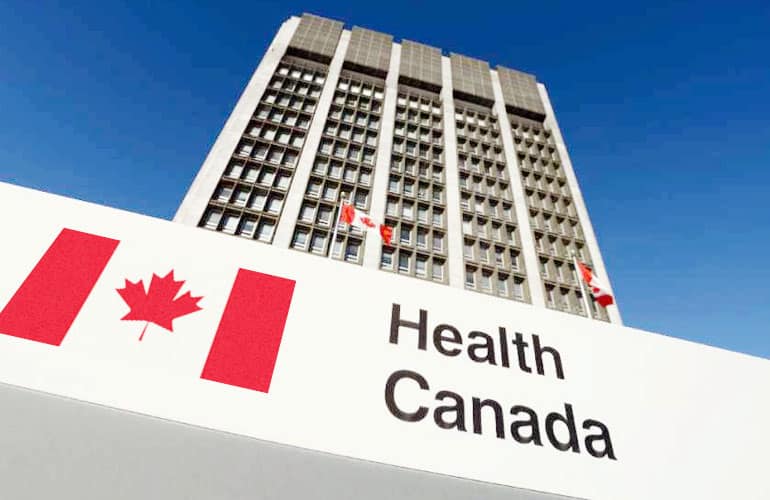Health Canada, the country’s regulating authority in the sphere of medical devices, has published a guidance document dedicated to completing the application for a new medical device license or medical device license amendment for a private label medical device.
The initial version of the guidance was published in June 2005, and the latest amendment took place in April 2020. The present document is intended to provide additional recommendations and clarifications on the current regulatory framework for private label medical devices. The provisions of the guidance should also be considered by the Health Canada staff in order to ensure consistency in the application review process.

Table of Contents
As stated by the authority, the document itself does not introduce the rules and requirements parties involved shall follow but describes how existing legislation should be interpreted and applied. In the case of any discrepancies with the provisions of applicable laws and regulations, the latter should prevail. Additionally, the regulating authority reserves the right to request information beyond the scope of this guidance, should it be reasonably necessary to assess the safety and effectiveness of medical devices intended to be marketed in Canada. All such requests will be duly justified, while all the decisions the authority will take on the basis of this information will be documented. The latest version of the guidance also incorporates the recent changes related to the associated fees. In particular, the authority states that according to the amendments adopted, the applications related to private label medical devices are exempted from fees associated with initial submission and amendments.
Regulatory Background
The present Health Canada guidance describes how the interested party shall prepare an application for a new medical device license or an amendment thereto with regard to private label medical devices that are Class II, III, or IV medical devices under the applicable risk-based classification. Thus, the recommendations provided in the document should be applied both for new medical devices covered by their scope and those already placed on the market.
The concept of a private label manufacturer applies to manufacturers that offer medical devices under their name or trademark but do not perform the full scope of activities outlined in the definition a of medical device manufacturer. According to the guidance, although private label manufacturers may not undertake any of the activities outlined in the definition, they do fall within the definition of “manufacturer” since they sell medical devices under their own name and the tasks listed in the definition are being performed “on their behalf”; that is (i.e.), on behalf of the private label manufacturer. Consequently, the general requirements for medical device manufacturers set forth by the Medical Devices Regulations should be applied for the private label manufacturers as well. The document also refers to other Health Canada guidelines describing the main eligibility criteria for private label medical devices.
The document provides the definition of the most important terms and concepts used in the context of licenses for private label medical devices, including the following:
- Device ID – the device identification number assigned by Health Canada;
- Private label manufacturer – a person who sells a private label medical device under their own name and trademark;
- Private label medical device – a medical device that is identical in every respect to a medical device manufactured by an original manufacturer and licensed by Health Canada, except that the device is labelled with the private label manufacturer’s name, address and product name and identifier.
Apart from those listed above, the guidance also provides the definitions of such terms as “identifier,” “license application type,” “manufacturer,” and “original manufacturer.”
Application Timing and Forms
The regulating authority emphasizes that the private label manufacturer is entitled to apply for a medical device license only if such a license has been already granted with regard to the initial (original) medical device. The same approach applies for the amendments – the private label manufacturer is allowed to apply for amendments only after the respective amendments have been approved by the regulating authority with regard to the original medical device.
In order to obtain a medical device license for a new private label medical device, the private label manufacturer shall submit an Application for a New Medical Device License for a Private Label Medical Device. In the case of amendments to an existing license, an Application for a Medical Device License Amendment for a Private Label Medical Device should be submitted accordingly. Both application forms could be accessed via the official website of the regulating authority. Duly filled application forms should be submitted to the Information Dissemination Unit, Licensing Services Division, Medical Devices Directorate of Health Canada. Each medical device license requires a separate application form to be submitted.
Application for a New Medical Device License for a Private Label Medical Device
The guidance further describes the content of an application for a new license. According to the document, it should contain the following elements:
- Name of the private label medical device in the way it will be placed on the labeling of the device. It is also necessary to indicate the references to the system, medical device family, or a medical device group family.
- Information about the private label manufacturer, including its name and address, as well as the details of a contact person. The authority will use the information provided in this section for all further communications with the applicant.
- Private label regulatory correspondent information. In the case of an application submitted by an authorized representative of a medical device manufacturer, the contact details of such a representative should be indicated in this section. However, the private label medical device license will be issued to the entity indicated in section
- Information about the original medical device manufacturer, including its name, address, and details of a contact person.
- Information about the initial medical device manufactured by the original manufacturer, including its name, class under the Canadian risk-based classification, the number of the appropriate medical device license, as well as the necessary information about the quality system employed by the manufacture, including its name and certificate number.
- Indication of a license application type which could be an application for (i) a single medical device, (ii)a medical device family, (iii) a medical device group, (iv) a medical device group family, (v) system, or (vi) test kit. In this context, the authority refers to the appropriate guidance dedicated to the license application types.
- Identifier of private label medical device. In this section, the applicant shall indicate the particular medical devices to be included in the private label medical device license requested.
- Attestations. The application form should be signed by the authorized person of the applicant entity.
In summary, the present Health Canada guidance describes in detail the most important aspects related to the medical device licenses for private label medical devices. The document provides additional clarifications on the way the interested party shall apply for such a license and also outlines the scope of information to be provided to the authority in the course of the application process.
Sources:
How Can RegDesk Help?
RegDesk is a next-generation web-based software for medical device and IVD companies. Our cutting-edge platform uses machine learning to provide regulatory intelligence, application preparation, submission, and approvals management globally. Our clients also have access to our network of over 4000 compliance experts worldwide to obtain verification on critical questions. Applications that normally take 6 months to prepare can now be prepared within 6 days using RegDesk Dash(TM). Global expansion has never been this simple.


